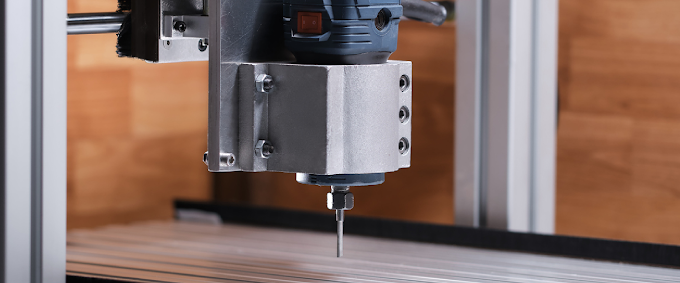Rolling in the body's sperm cells, also known as sperm motility is a complex biological process crucial for reproduction. Sperm cells are microscopic and highly specialized cells that play a crucial role in sexual reproduction. They have a distinct structure and function, and they cannot be rolled or manipulated within the human body as one might do with a larger object. Instead, sperm cells are naturally produced, matured, and transported through the male reproductive system as part of the process of ejaculation.
**Introduction**
Sperm cells play a pivotal role in sexual reproduction, serving as the male gametes responsible for fertilizing the female egg. Their ability to move, or "roll," is a fundamental aspect of their function. In this essay, we will delve into the intricacies of sperm motility, from their production in the testes to their journey within the female reproductive tract. We will also discuss the factors influencing sperm motility and the challenges sperm face during this remarkable journey.
**Sperm Cell Production**
Sperm cells are produced in the male testes through a process called spermatogenesis. This intricate process begins at puberty and continues throughout a man's life. Spermatogenesis involves the division and differentiation of germ cells into mature spermatozoa. These mature sperm cells possess a unique structure consisting of a head, midpiece, and tail, each with specialized functions.
**Sperm Structure and Function**
The head of the sperm contains the genetic material necessary for fertilization, while the midpiece houses energy-producing mitochondria to fuel motility. The tail, or flagellum, is responsible for the sperm's movement. To roll effectively, sperm cells must exhibit highly coordinated flagellar movement.
**Sperm Motility Mechanisms**
Sperm motility is achieved through a combination of flagella movement and the surrounding microenvironment. Flagella movement is primarily powered by ATP produced by mitochondria in the midpiece. The whip-like motion of the tail propels the sperm forward, allowing it to navigate the female reproductive tract.
**Factors Influencing Sperm Motility**
Several factors influence sperm motility, including hormonal regulation, temperature, and pH levels. Hormones like testosterone play a crucial role in spermatogenesis and sperm motility. Temperature control is essential, as sperm are sensitive to heat. The slightly alkaline pH of the female reproductive tract is also critical for maintaining sperm motility.
**The Journey of Sperm**
Once released from the testes, sperm cells embark on an incredible journey through the male and female reproductive tracts. They travel through the vas deferens, where they mix with seminal fluid produced by the accessory glands to form semen. This fluid renders nourishment and protection to the sperm.
During ejaculation, sperm are propelled into the female reproductive tract. Their journey is fraught with obstacles, including cervical mucus, which can act as a barrier, and the acidic environment of the vagina. However, sperm are equipped with mechanisms to overcome these challenges. Specialized proteins on the sperm's surface help them adhere to the cervical mucus, allowing them to swim through.
As sperm ascend through the female reproductive tract, they encounter various chemical signals and physical conditions that guide them toward the egg. The female reproductive tract also provides nourishment and protection, ensuring the survival of sperm during their journey.
**The Final Destination: Fertilization**
The ultimate goal of sperm motility is to reach and fertilize the egg, typically in the fallopian tube. Only a few sperm out of the millions released during ejaculation will reach the egg. The process of fertilization involves the fusion of the sperm and egg, resulting in the formation of a zygote with a complete set of chromosomes.
Here's a simplified overview of how sperm cells are produced and transported in the male body:
1. Production: Sperm cells are produced in the testes, which are the male reproductive organs. This process is called spermatogenesis and begins at adolescence.
2. Maturation: The newly produced sperm cells go through a maturation process in the epididymis, a coiled tube located on the back of each testicle. During this maturation, sperm cells gain the ability to swim and fertilize an egg.
3. Storage: Mature sperm cells are stored in the epididymis until they are ready to be ejaculated.
4. Ejaculation: When a male ejaculates during sexual intercourse or through other forms of sexual stimulation, sperm cells are expelled from the body along with semen through the urethra.
5. Transport: The sperm cells are transported through the male reproductive tract, including the vas deferens, which is a long tube that carries sperm from the epididymis to the urethra. They are mixed with seminal fluid from other glands along the way to form semen.
** Important **
It's important to note that sperm cells are too small to be consciously controlled or manipulated within the body. They have a specific biological function, which is to swim toward and fertilize an egg in the female reproductive tract during sexual reproduction. Attempting to manipulate sperm cells directly inside the body is neither possible nor advisable. If you have specific questions or concerns about sperm or reproductive health, it's best to consult with a healthcare professional or a reproductive specialist for guidance and information.







.jpeg)








0 Comments